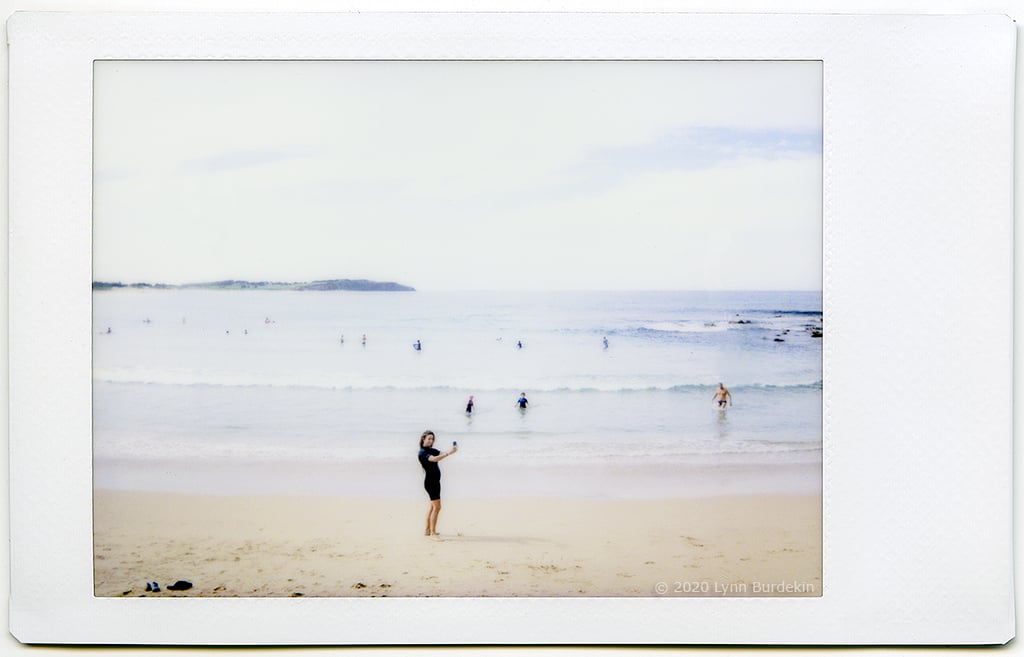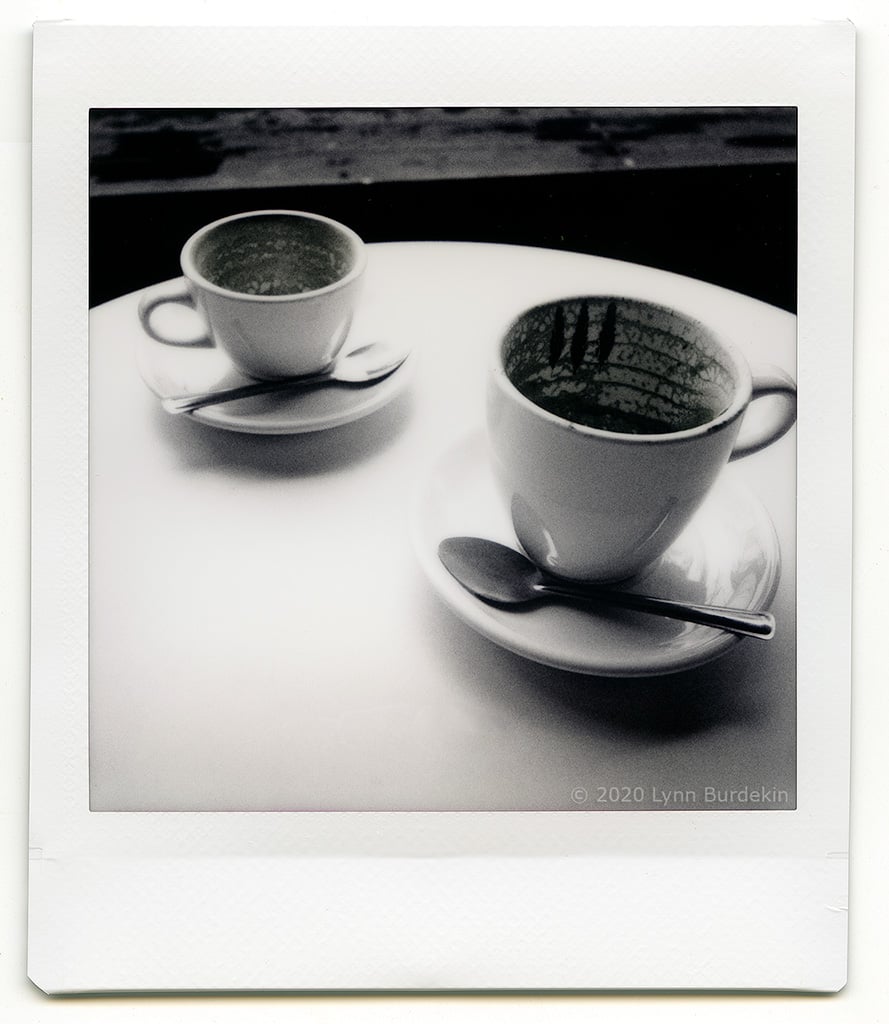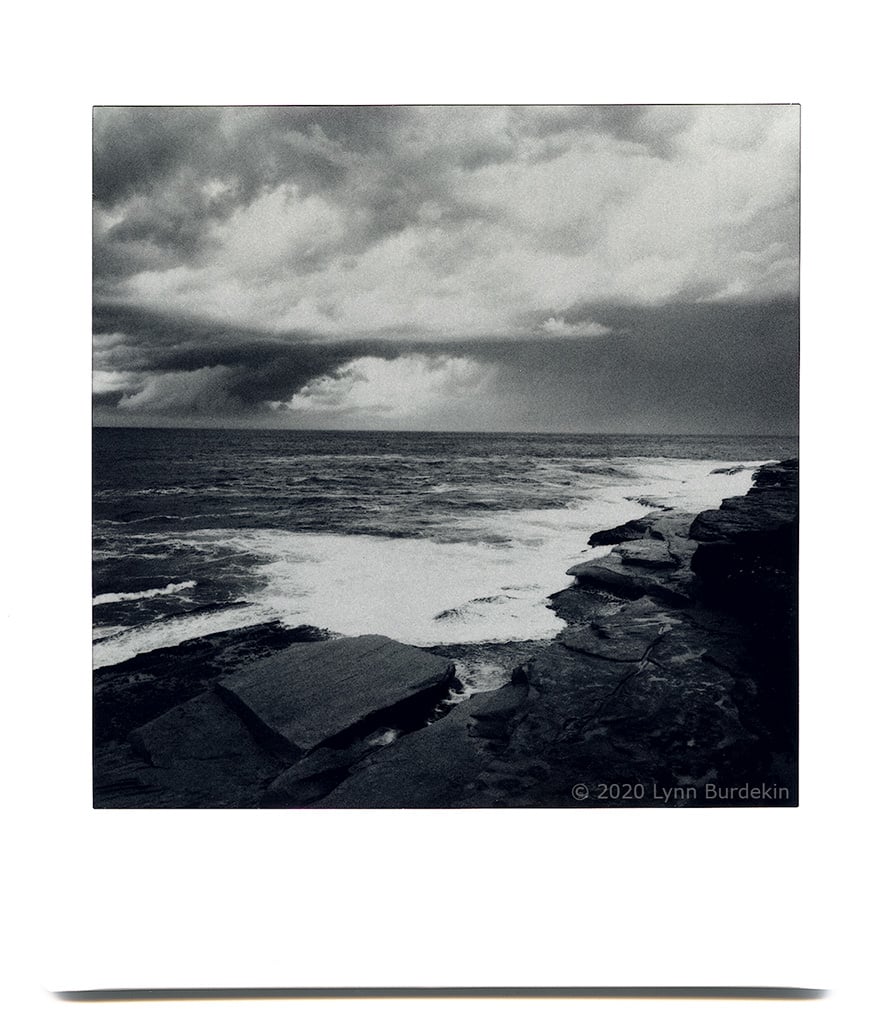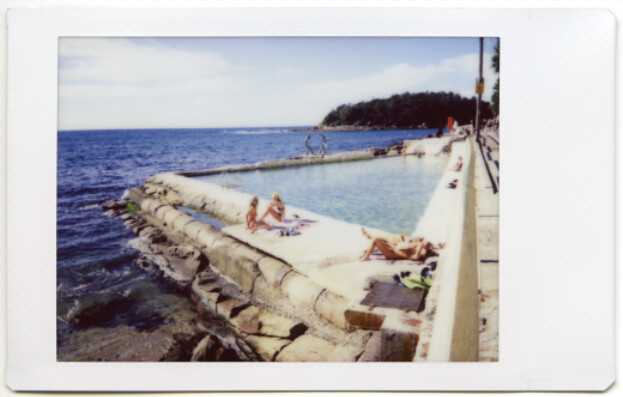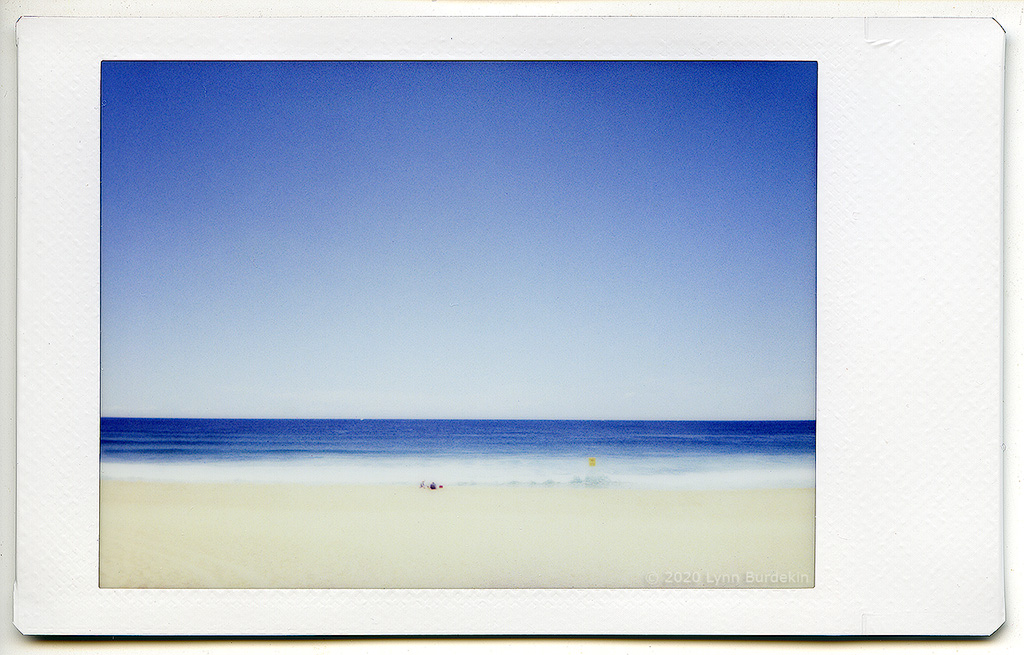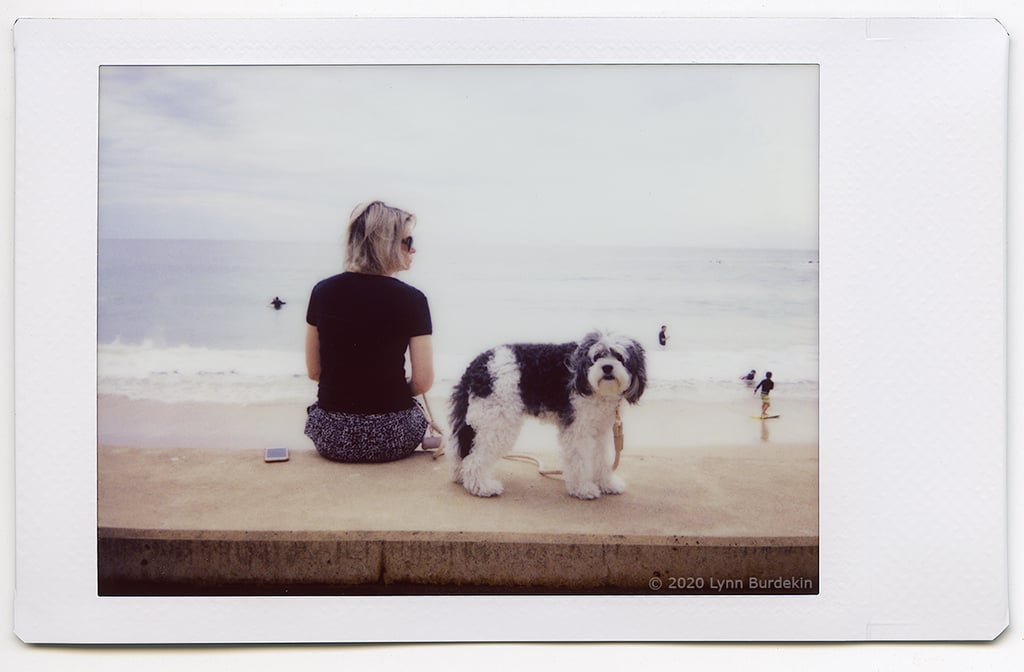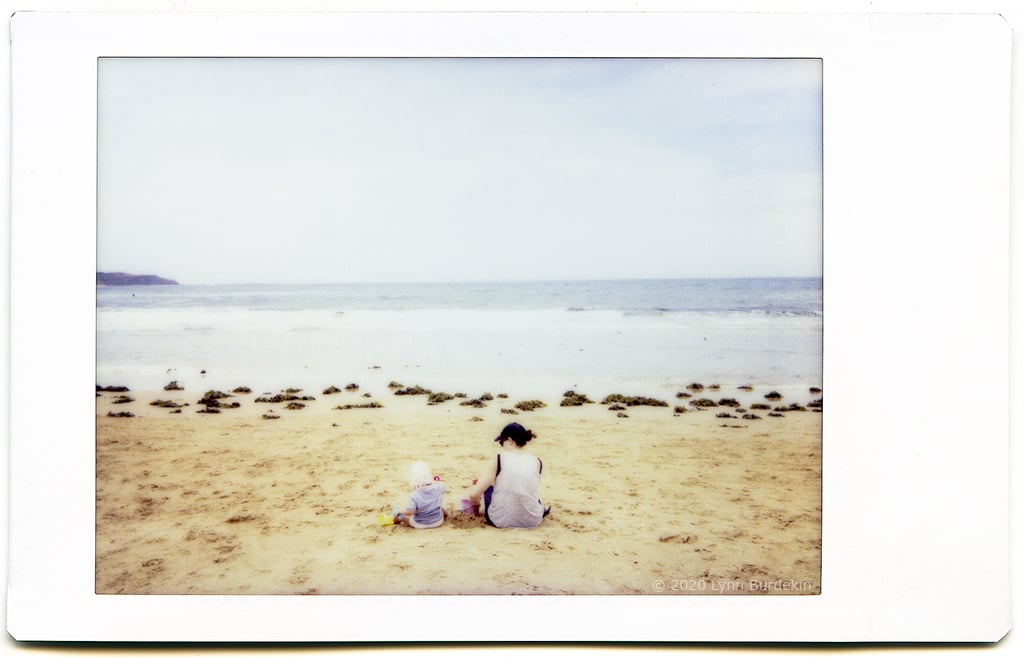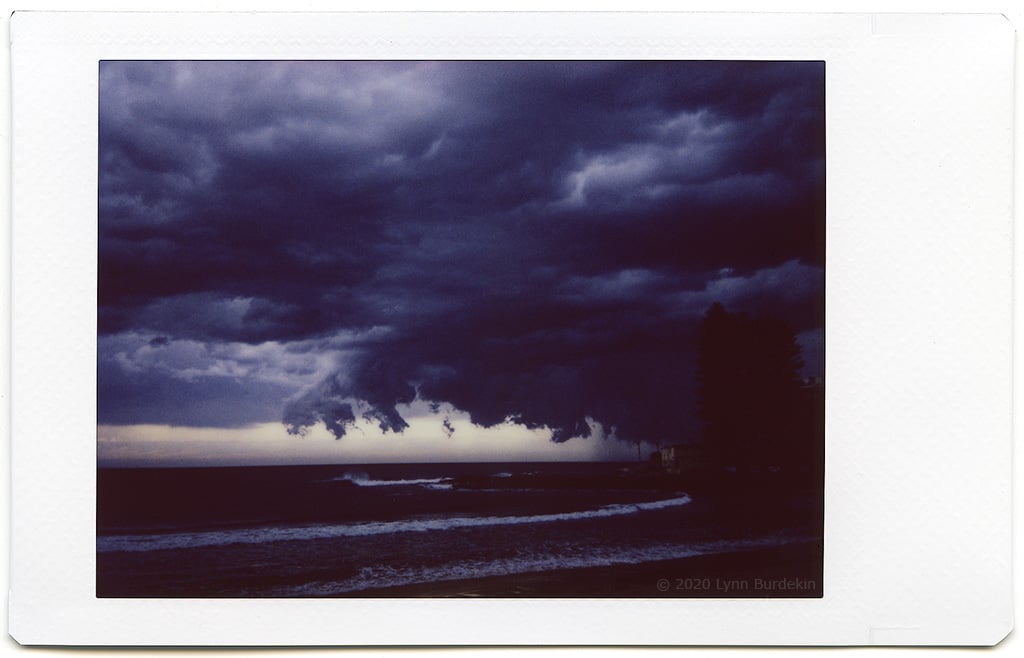lynnb
Veteran
Picture #252 with the Instax Mini 9
On very bright days at the beach, overexposure is unavoidable. However I don't mind the effect. 1/60 f/32 (the film is ISO800). This is Freshwater beach, Sydney, in April 2020 - autumn in the southern hemisphere.
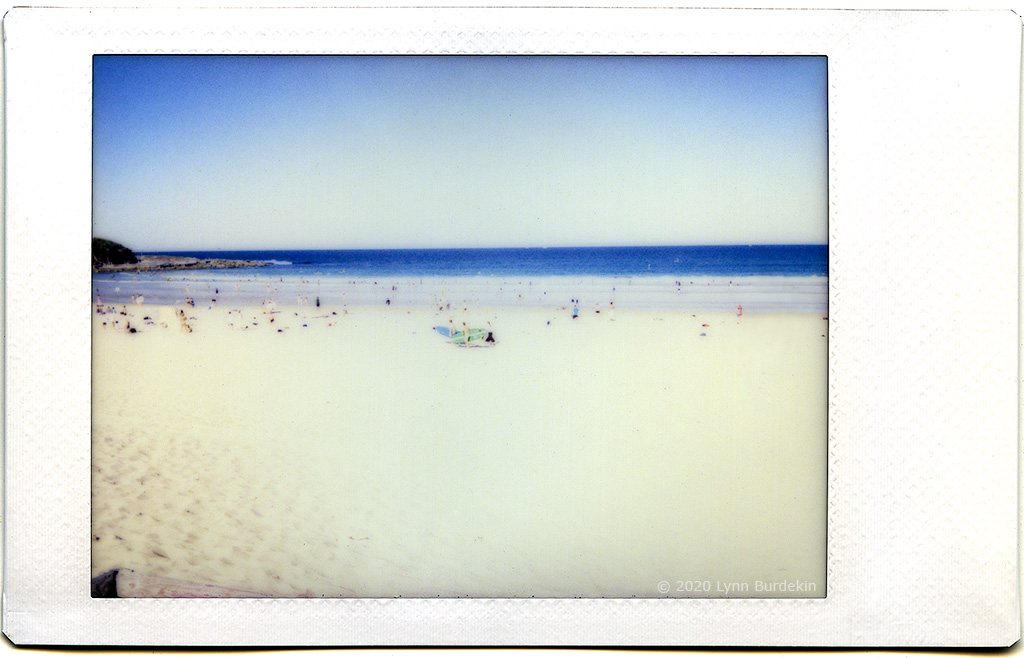
On very bright days at the beach, overexposure is unavoidable. However I don't mind the effect. 1/60 f/32 (the film is ISO800). This is Freshwater beach, Sydney, in April 2020 - autumn in the southern hemisphere.



